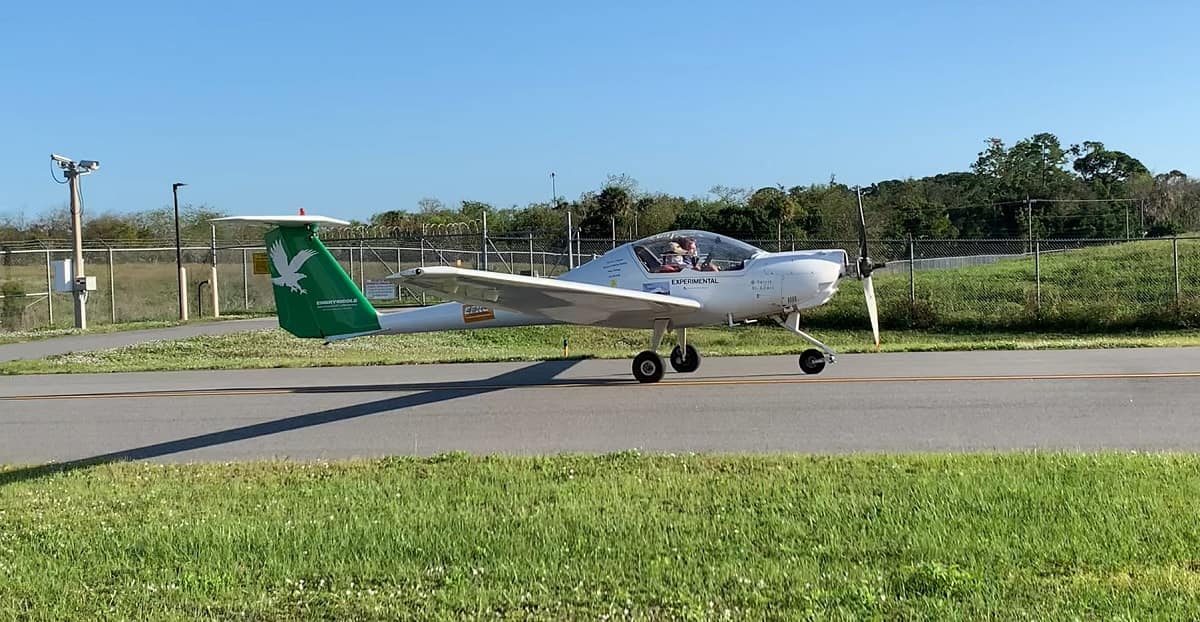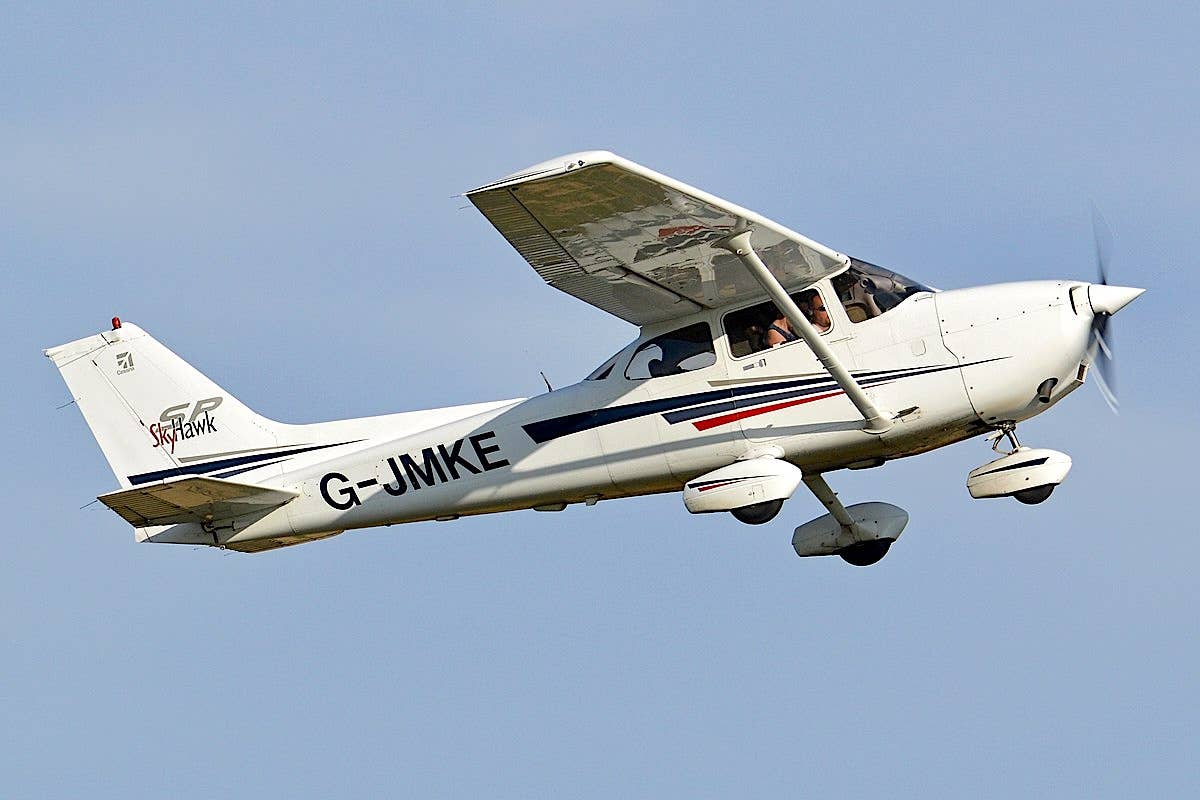ERAU Electric Aircraft Reaches Milestone
Embry-Riddle Aeronautical University’s “eSpirit” electric aircraft has reached the taxi-test stage after four years of development. The Diamond HK-36-based project, dubbed eSpirit of St. Louis as a nod to Charles…

Image: ERAU
Embry-Riddle Aeronautical University’s “eSpirit” electric aircraft has reached the taxi-test stage after four years of development. The Diamond HK-36-based project, dubbed eSpirit of St. Louis as a nod to Charles Lindbergh’s “notion of balance between aviation and the environment,” is a testbed for students and faculty to develop a unique electric propulsion system.
According to ERAU, Dr. Richard “Pat” Anderson, director of the Eagle Flight Research Center, piloted the HK with student Joseph Thiemer and actively “programmed and monitored parameters in the motor inverter/speed controller and monitored the battery management system.”
“Successful tests such as our most recent taxi are large steppingstones toward goals that are shaping the future of air transportation with hybrid and electric platforms,” said Joseph Thiemer, an Aerospace Engineering student completing his bachelor’s degree.
“I am ecstatic that we achieved this taxi milestone and look forward to our next milestone—flight—an arduous task, but not an impossible one,” said aerospace engineering master’s student Sanay Satam. “We know the challenges that stand before us and are motivated to overcome them. It is all about the high fives at the end of the day, knowing that we were able to achieve our goals, thus fueling, or should I say, electrifying our ambition to succeed in the flight phase.”
The eSpirit program is long running, with its first power-up in 2017. The pace is not unexpected, since, according to ERAU, “Retrofitting the aircraft is almost entirely a student-based project designed to give them hands-on and research experience in electric aviation and hybrid propulsion. Faculty provide oversight as three aerospace engineering students … work on overall implementation, project planning and management, test procedures and execution.”






